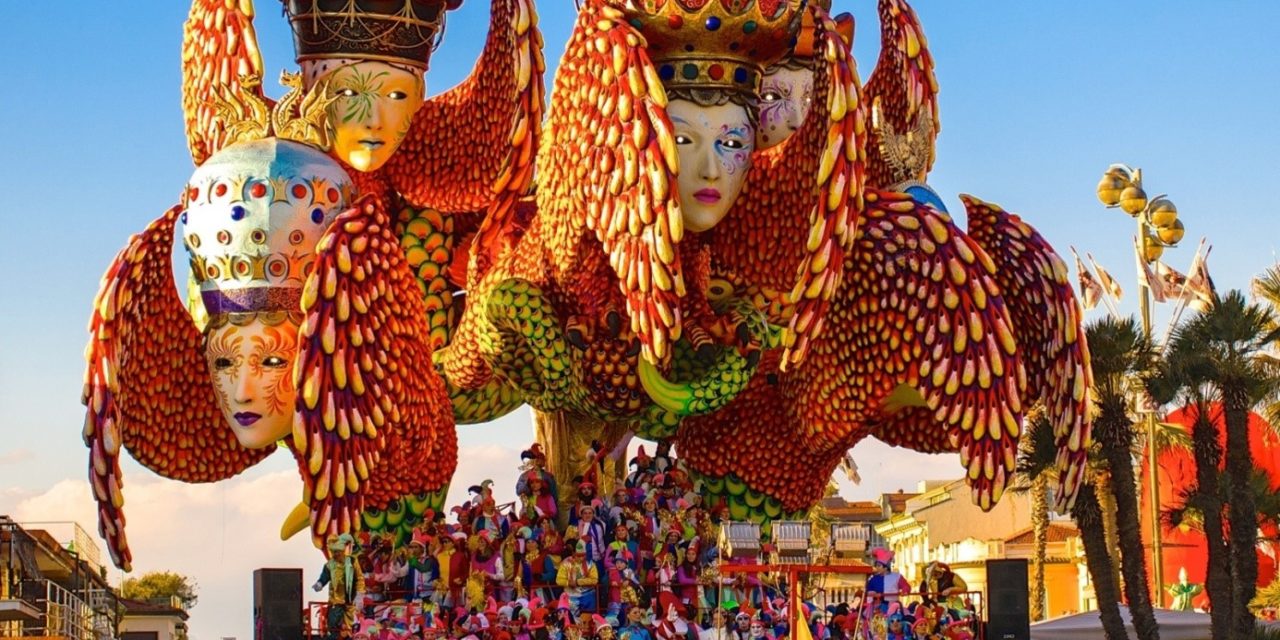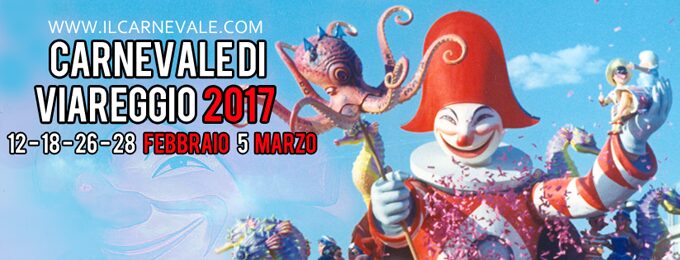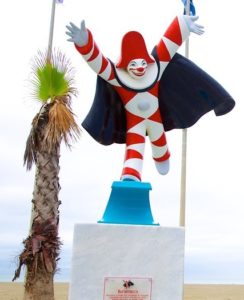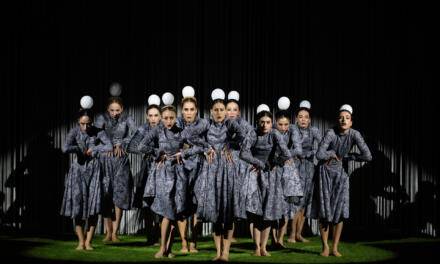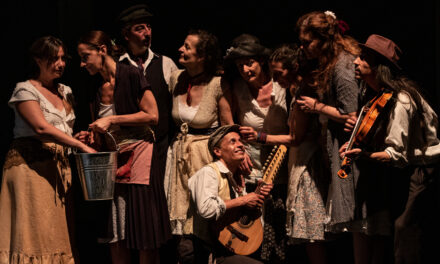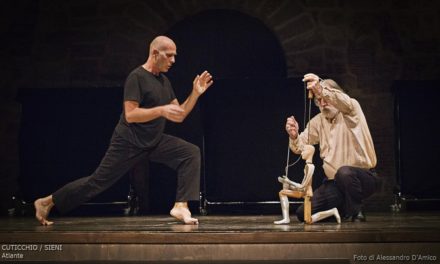The Tuscan town of Viareggio, one of the most renowned tourist destinations in Italy, has a lively tradition for the celebration of Carnival. Officially, it began in the 1870s as a funny form of protest against the excessive taxes on the population. Political and social satire are the leading themes of the many editions of this event, whose best expressions are the gigantic float parades. The procession takes place on the boulevards of the promenade along the sea, offering spectators an opportunity to admire the Versilia’s beautiful maritime landscape.
This spectacular attraction serves as a collective rite for millions of visitors, who await the procession’s passage with trepidation, curiosity, and gaiety. The huge dimensions of the floats reveal the highly creative skills of the artists and the craftspeople involved every year: the vivid colors and the precise mechanical movements increase the visual impact, creating a general explosion of joy and emotion. The construction of the floats is a long and complicated process but a great satisfaction for many important painters and sculptors (among them Dario Fo and Jean-Michel Folon).
The enormous allegorical figures are made of papier-mâché, and the lightness of this material is the secret behind their agile movements (e.g., the eyes roll, the mouths open and smile, the arms and legs raise). In this way, their triumphal transport along the streets—with specialized technicians, accompanied by dancers and musicians—is also quite facilitated, although a float can carry as many as a hundred masked people. There are several categories of floats, and the winners are proclaimed during the Carnival of Viareggio’s closing ceremony, with great fireworks on the beach.
The Carnival Parade in Viareggio (February 2017)
Burlamacco is the official mask of the Carnival of Viareggio. It was created in 1930 by Uberto Bonetti, a local artist involved with Futurism, but its success immediately transformed it into the symbol of all the editions of the event. It features the typical traits of the most popular masks of the Commedia dell’Arte: the mantle of Balanzone, the hat of Rugantino, the ruff of the Captain, the checked costume of Harlequin (but only with red and white patterns, evoking the colors of the beach umbrella of Viareggio in the 1930s). Burlamacco’s face is made up like a clown’s, as an invitation to smile and laugh.
In 1966, the local master, Fabrizio Galli, realized the statue of Burlamacco, using sketches by his father, Renato (through the generations, their family has played a central role in the creation and construction of the gigantic float parades). In its panoramic position on the promenade, “the king” of the Carnival of Viareggio invites the tourist to visit the town, to enjoy the Tuscan hospitality.
Burlamacco and the Carnival of Viareggio (February 2017)
Viareggio is also home to the Museum of the Carnival. We can observe the process of producing the papier-mâché figures, the posters for all the editions, and some models of the winners of the float competitions, as well as exhaustive explanations of the ironic and satirical elements of the subject. Visiting the museum is another interesting way to be delighted by the Carnival of Viareggio, with its special revitalization of the Baroque machinery.
This post was written by the author in their personal capacity.The opinions expressed in this article are the author’s own and do not reflect the view of The Theatre Times, their staff or collaborators.
This post was written by Maria Pia Pagani.
The views expressed here belong to the author and do not necessarily reflect our views and opinions.

